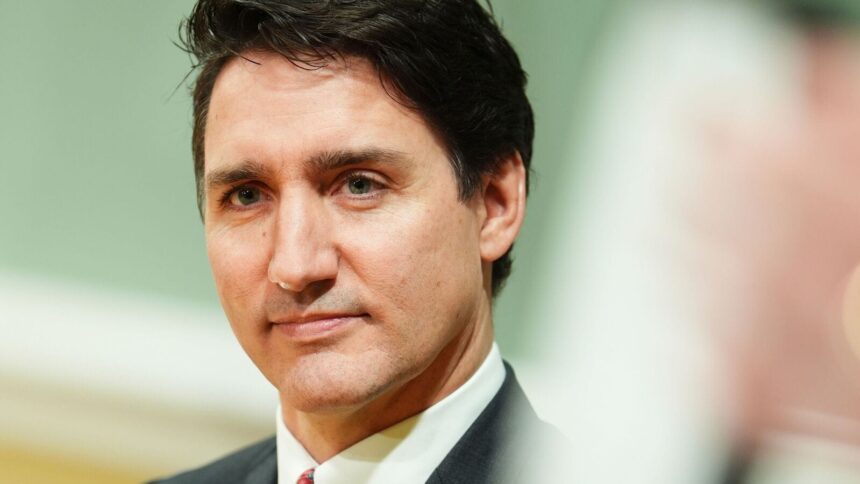The Future of Canada: Leadership Change Amidst Political Turmoil
As Canada heads into a crucial political period, the governing Liberal Party has announced that it will select its next leader—and consequently the country’s next prime minister—on March 9. The unexpected resignation of Prime Minister Justin Trudeau has ushered in a new chapter for the Liberal Party, with tensions at an all-time high and significant challenges ahead.
The Transition of Power
Trudeau’s resignation, which came in the wake of escalating opposition and diminishing popularity, has sparked debates about the future of Canada’s government. Although Trudeau will remain in office until a new leader is appointed, his time as prime minister may be characterized by a struggle to maintain party cohesion and government stability.
"The Liberal Party of Canada will choose a new leader on March 9, and be ready to fight and win the 2025 election," asserted Sachit Mehra, the president of the Liberal Party. However, the question remains: Can the new leader galvanize support within the party and among Canadian voters in time for the next election?
Who Are the Front Runners?
As the leadership vote approaches, two prominent figures have emerged as front runners for Trudeau’s replacement: Mark Carney, a former central banker, and an unnamed ex-Finance Minister. These candidates bring distinct expertise and perspectives, yet they face immense challenges. The new leader will not only have to unite a party facing internal fractures but must also address the discontent of everyday Canadians grappling with rising costs of living, notably food and housing, and increasing immigration pressures.
Political analysts highlight that the next Liberal leader could potentially be the briefest-serving prime minister in Canadian history. With all three opposition parties—Conservatives, NDP, and Bloc Québécois—ready to initiate a no-confidence vote when Parliament reconvenes on March 24, the new leader will need to hit the ground running to ensure their government remains intact.
Trudeau’s Unraveling Support
Justin Trudeau’s departure from the prime ministership did not come as a surprise to many observers. His popularity had plummeted due to a series of challenging domestic and international issues. The rising cost of living, coupled with a perception of ineffective governance on matters such as immigration and the economy, led to a groundswell of disapproval.
Moreover, tensions with the U.S., marked by President-elect’s comments calling Canada the "51st state" and threats to impose substantial tariffs, add layers of complexity to the incoming leader’s role. Under scrutiny, Trudeau also faced discord within his cabinet, notably illustrated by his handling of Deputy Prime Minister and Finance Minister Chrystia Freeland, who resigned following a significant row over her position.
Polling Roadblocks
Recent polling data reveals a grim outlook for the Liberals. The Nanos poll showed the party trailing significantly behind the Conservatives, with the former at 23% compared to the latter’s 45%. This significant gap emphasizes the uphill battle the new leader will face, as they seek to rebuild trust with the electorate and reposition the party as a viable option for the next election.
Conclusion
Canada stands at a political crossroads as it anticipates a new prime minister and potential shifts in government dynamics. The party’s ability to navigate internal divides, tackle pressing issues facing Canadians, and repair its image before the upcoming elections will be of paramount importance. As March 9 approaches, all eyes will be on the leadership vote, which will likely shape the future landscape of Canadian politics. Will the Liberal Party rise to the occasion, or is a more significant electoral shift on the horizon? Only time will tell.










